[/caption]
NASA’s MESSENGER probe to Mercury, the scorched, innermost planet of our solar system, is sending back so much startling and revolutionary data and crystal clear images that the results are forcing scientists to toss out previously cherished theories and formulate new ones even as the results continues to pour in. And the mission has barely begun to explore Mercury’s inner secrets, exterior surface and atmospheric environment.
MESSENGER became the first spacecraft ever to orbit planet Mercury on March 18, 2011 and has just completed the first quarter of its planned one year long mission – that’s the equivalent of one Mercury year.
MESSENGER has collected a treasure trove of new data from the seven instruments onboard yielding a scientific bonanza; these include extensive global imagery, measurements of the planet’s surface chemical composition, topographic evidence for significant amounts of water ice, magnetic field and interactions with the solar wind, reported the science team at a press conference at NASA Headquarters.
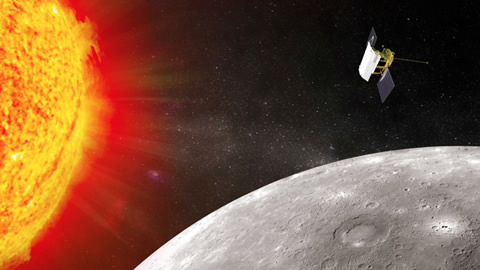
“We are delighted to share the findings of the first 25% of our year long mission,” said MESSENGER principal investigator Sean Solomon of the Carnegie Institution of Washington at a press briefing for reporters. “We receive new data back almost every day.”
“MESSENGER has snapped over 20,000 images to date,” said Solomon, at up to 10 meters per pixel. The probe has also taken over two million laser-ranging topographic observations, discovered vast volcanic plains, measured the abundances of many key elements and confirmed that bursts of energetic particles in Mercury’s magnetosphere result from the interaction of the planets magnetic field with the solar wind.
“We are assembling a global overview of the nature and workings of Mercury for the first time.”
“We had many ideas about Mercury that were incomplete or ill-formed, from earlier flyby data,” explained Solomon. “Many of our older theories are being cast aside into the dust bin as new observations from new orbital data lead to new insights. Our primary mission has another three Mercury years to run, and we can expect more surprises as our solar system’s innermost planet reveals its long-held secrets.”
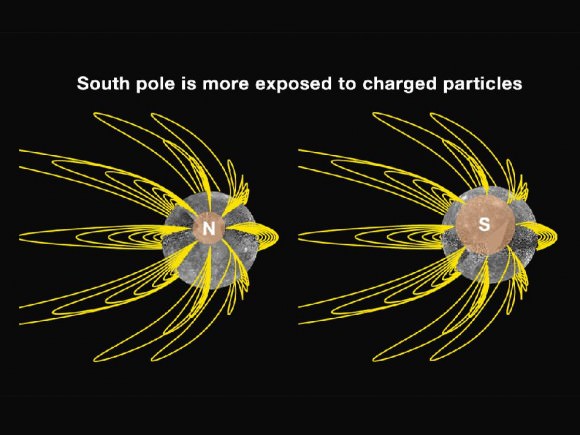
NASA’s Mariner 10 was the only previous robotic probe to explore Mercury, during three flyby’s back in the mid-1970’s early in the space age.
MESSENGER was launched in 2004 and the mission goal is to produce the first global scientific observations of Mercury and piece together the puzzle of how Mercury fits in with the origin and evolution of our solar system.
There was very little prior imaging coverage of Mercury’s northern polar region.
“We’ve now filled in many of the gaps,” said Messenger scientist Brett Denevi of Johns Hopkins University’s Applied Physics Laboratory (APL). “We now see large smooth plains that are thought to be volcanic in origin.”
“Now we’re seeing for the first time their full extent, which is around 4 million square kilometers (1.54 million square miles). That’s about half the size of the continental United States.”
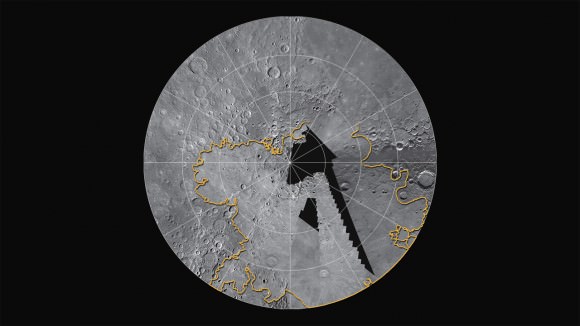
“We see all kinds of evidence for volcanism and tectonic deformation of the plains from orbit where we can look straight down,” added Denevi. “In the new images we see ghost craters from pre-existing impact craters that were later covered over by lava.’
Color images of the whole planet – with a resolution of about 1 kilometer per pixel – tell the researchers about the chemical composition and rock types on Mercury’s surface.
“We don’t know the composition yet.”
“We are very excited to study these huge volcanic deposits near the north pole with the implications for the evolution of Mercury’s crust and how it formed,” said Denevi.
“Targeted new high resolution imaging is helping us see landforms unlike anything we’ve seen before on Mercury or the moon.”
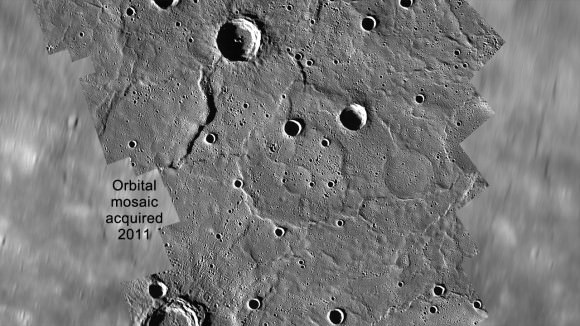
Determining whether Mercury harbors caches of polar water ice is another one of the many questions the MESSENGER science team hopes to answer.
Two decades ago, Earth-based radar images showed deposits thought to consist of water ice near Mercury’s north and south poles. Researchers postulated a theory that these icy deposits are preserved on the cold, permanently shadowed floors of high-latitude impact craters, similar to those on Earth’s moon.
Early results from topographic measurements are promising.
“The very first scientific test of that hypothesis using Messenger data from orbit has passed with flying colors.”
“The area of possible polar water ice is quite a bit larger than on the moon,” said Solomon. “Its probably meters or more in depth based on radar measurements.”
“And we may have the irony that the planet closest to the sun may have more water ice at its poles than even our own moon.”
“Stay tuned. As this mission evolves, we will be relying on the geochemical and remote sensing instruments which take time to collect observations. The neutron and gamma ray spectrometers have the ability to tell us the identity of these icy materials,” said Solomon.
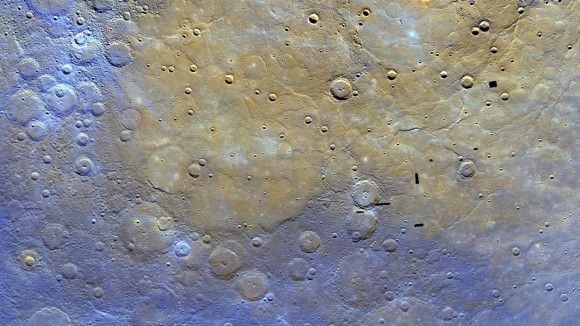
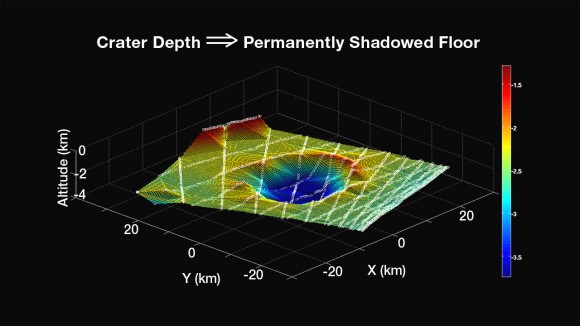
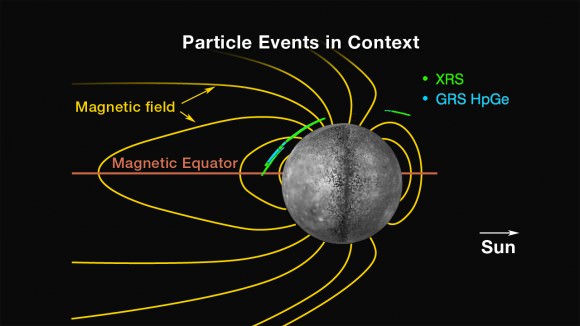


Yo Ken, “Mercurys” in the title has a missing possessive apostrophe.
A life is recommended.
Yeah, get a life and find a wife, and then end up with trouble and strife(?)!
There once was a UT commenter Ivan
Who felt that life as a fr33 man
was wifeless
and strife-less,
not quite the he-man!?
[Apologies, but that was how the rhyme came out! … I know, a bad excuse. :-/]
Torbjörn, we are not amused! Anyway, being married is no guarantee that a man is a ‘he-man‘ (note the skeptical quotes).
He. As I implied, a random rhyme.
But one guess who dragged marriage, and its characteristics, into this? =D